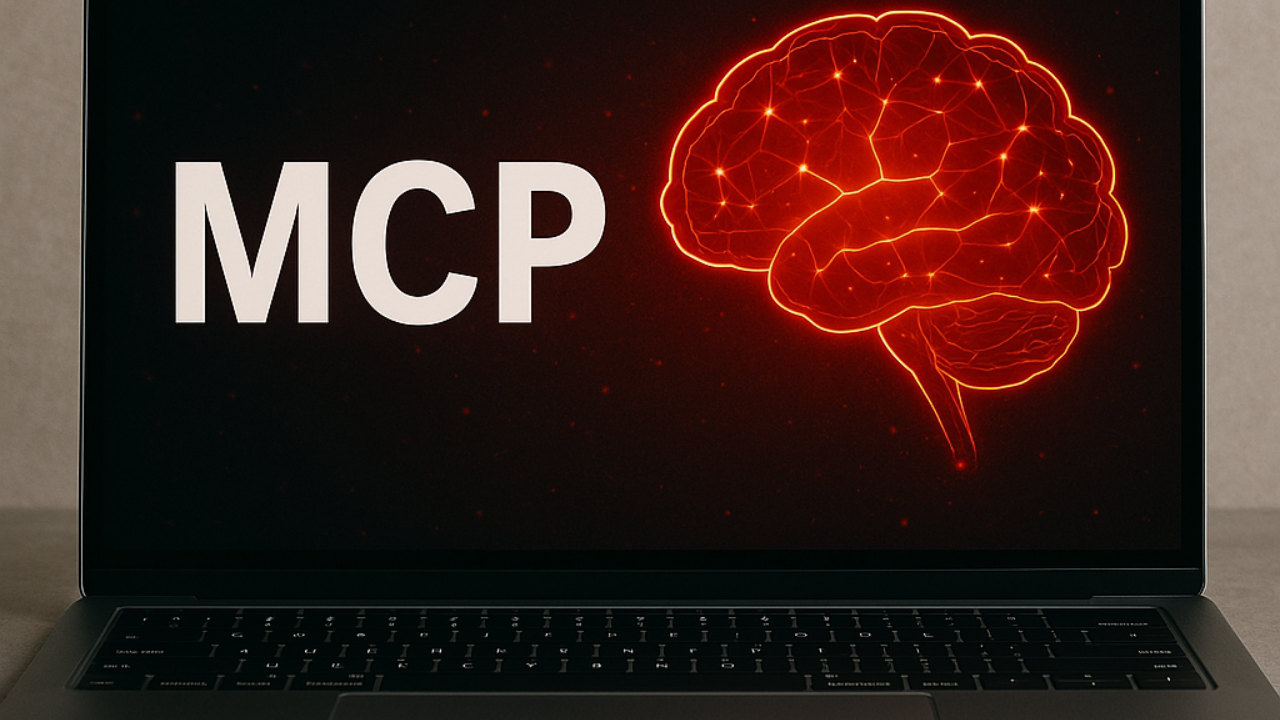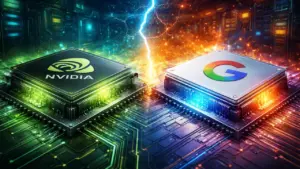Introduction: The Hidden Revolution in AI Development
After 25 years in the software development world, I’ve seen trends rise and fade. But what I see happening now with AI has the potential to outshine anything we’ve experienced before.
No, it’s not another model with slightly better accuracy. It’s something far more important. A standard that will change how AI systems interact with the real world.
It’s called MCP – the Model Context Protocol. And if you haven’t heard of it yet, it’s time to catch up. This open standard could do for AI what APIs did for web development in the early 2000s.
Let’s break it down. This article will explore why MCP is a revolutionary step in AI development, how it solves critical integration problems, and what it means for businesses and developers moving forward.
The AI Trap: Smart Models Stuck in a Box
Today’s AI models are brilliant.
They can write code, generate content, and answer complex questions. But there’s a big problem. Most of them are locked inside a box.
They can’t access your company’s systems. They can’t pull real-time data. They can’t interact with your CRM, ERP, or product database.
Why? Because every integration requires custom code. If you want your AI to talk to your internal systems, you have to build a connector from scratch. That’s time-consuming, expensive, and fragile.
It’s why so many AI projects fail. The cost of integration often outweighs the value of the AI itself.
To make things worse, every business uses different tools. One company might use Salesforce, while another uses HubSpot. Even if two teams use the same CRM, their workflows are often different. These variations make integration a constant struggle.
The result? AI tools that look amazing in demos but fall apart in production. That’s where MCP steps in.
Enter MCP: The “USB Port” for AI Systems
Imagine plugging in a new keyboard, mouse, or webcam. It just works. You don’t write drivers from scratch.
That’s what MCP promises for AI.
The Model Context Protocol is an open standard developed by Anthropic. It acts like a universal connector between language models and the systems they need to access.
Think of it as a USB port for artificial intelligence.
With MCP, you don’t have to create a custom integration for every AI model and system. You build a connector once, and it works across any model that supports the standard.
It’s efficient. It’s scalable. And it’s exactly what AI development needs right now.
Developers no longer need to learn the internals of every platform. They just need to understand MCP. Once the model and the system speak the same protocol, communication becomes seamless.
This simplicity lowers the barrier to entry. Small teams can now build enterprise-grade AI integrations. Enterprises can move faster with fewer resources. Everyone wins.
The M×N Problem: Why AI Integrations Don’t Scale
Let’s talk about the M×N problem.
If you have M AI models and N data sources, traditional integration methods require M×N custom connections. That’s a nightmare.
Each new model or data source adds exponential complexity. Every connection takes time, costs money, and introduces risk.
This complexity leads to bloated budgets, project delays, and unhappy stakeholders. Teams end up focusing more on maintenance than innovation.
MCP changes the game. It reduces the equation to M+N. You only need one connector per model and one per data source.
Once connected, all models and systems can communicate freely through the protocol.
This isn’t just a technical improvement. It’s a massive leap forward in efficiency and scalability.
For example, consider a company that wants to integrate three AI tools with four internal systems. Without MCP, they need 12 different connectors. With MCP, they only need seven.
That’s five integrations they no longer need to build or maintain. Multiply that across departments and you can see how the savings add up.
Why MCP Is the API Moment for AI
In the early 2000s, APIs transformed web development. They created a standard way for systems to exchange data and commands.
Suddenly, developers could build apps that pulled data from multiple sources without reinventing the wheel.
MCP is doing the same thing for AI.
It standardizes how models access context, data, and tools. Instead of building custom integrations, developers can focus on building better products.
This unlocks a new generation of AI applications. Ones that don’t just chat or generate text—but actually do things.
Book meetings. Update records. Trigger workflows. Monitor systems.
All in real time.
All without custom code.
Think of the potential: AI assistants that work across your calendar, inbox, and task manager with zero friction. Intelligent agents that automate business processes end-to-end.
This level of functionality turns AI from a novelty into a necessity. And it’s all made possible by the interoperability that MCP provides.
What Happens If You Ignore MCP?
Right now, most developers are still focused on model performance.
They’re chasing GPT-5 or Claude 3 or whatever comes next. But the real leap forward won’t come from another IQ boost.
It will come from connection.
Companies that embrace MCP will have AI tools that are deeply integrated into their systems. They’ll automate faster, react quicker, and deliver more value.
If you’re ignoring MCP, you risk being left behind.
In six months, your competitors will have tools that are ten times more capable—simply because they’re connected.
You’ll find yourself asking why your AI projects lag behind. Why your tools can’t access real-time data. Why you’re still stuck writing glue code for every project.

The answer will be simple: you missed the protocol that changed everything.
MCP is not just another technical spec. It’s a new way of thinking about how AI fits into your architecture.
Conclusion: A New Standard Is Emerging – Are You Ready?
As someone who’s watched tech evolve for decades, I know a winning standard when I see one.
MCP solves a real, painful problem. It makes AI integration simple, scalable, and universal.
We’re on the edge of something big. Just like APIs reshaped the internet, MCP is going to reshape AI.
It’s not a question of if MCP will become the standard—it’s a question of when.
If you’re building AI tools today, this is your moment. Don’t let it pass you by.
Start exploring the Model Context Protocol. Get familiar with its structure. Begin testing integrations. Share feedback with your team.
Because the companies that master MCP early will lead the next wave of AI innovation.
At StartupHakk, we believe the future belongs to those who build for it. And MCP is the foundation that will power the next generation of AI innovation.




